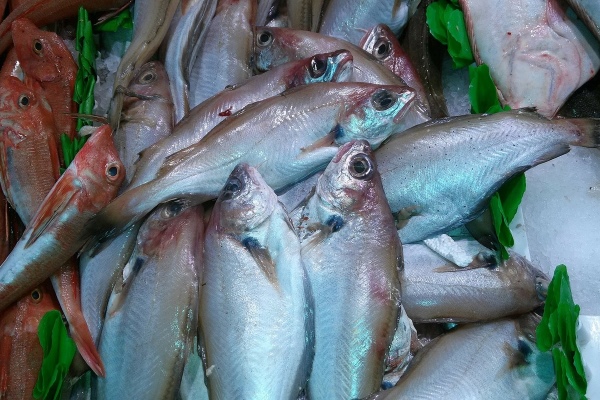
New Zealand-based anti-food fraud firm Oritain is pushing the concept of a 'chemical fingerprint' as the way to improve traceability and authentication of food.
Described as an emerging service for food products, the idea is to offer a scientific solution to fraud that can't be counterfeited.
The chemical fingerprint works in a way similar to a normal fingerprint, only the unique identifier is instead chemical.
The concept, developed in close collaboration with New Zealand's University of Otago, is based around the fact that animals raised on a farm will eat the same food, according to an article in the Global Aquaculture Advocate magazine, published by advocacy group the Global Aquaculture Alliance.
In regard to fish and seafood, "the river, lake or ocean water they all share boasts a suite of natural characteristics, some from nearby soils. A comprehensive measurement and analysis of stable isotopes and trace elements, along with genuine samples of the product and a proprietary statistical analysis, all go into creating a distinguishable profile that is stored in a database for future comparative testing."
Chemical fingerprints have already been taken up by New Zealand's manuka honey industry for product identification, and just last month the country's Ministry for Primary Industries developed a two-part authentication system based on three years of studies that identifies New Zealand manuka honey based on a specific chemical and DNA fingerprint.
Now other industries are showing interest in the chemical technology, such as produce, dairy and free range eggs, with aquaculture the latest target for Oritain. The firm has partnered with New Zealand seafood company Sanford to provide fraud protection for its Big Glory Bay seafood brand that features salmon, mussels and oysters.
In an interview with Advocate magazine, Miguel Flavian, technical sales manager at Oritain's London office, said chemical fingerprinting was a technology that had been available for about 20 years but it was only recently that it had been offered commercially.
He described it as a disruptive technology that involved both chemistry and mathematics, and which went beyond the realms of DNA testing. DNA can tell that a piece of meat is from a cow or a pig but forensic traceability that generates the chemical fingerprint can tell where the cow or pig ate their lunch, Flavian told Advocate magazine.
The technology can identify whether the cow was grass-fed or grain-fed and if any adulteration of the product has occurred, Flavian said. "It's a passport, if you want, that's a unique way to identify products from one area."
"You think of traceability as paper or electronic records, transferring from one segment of the supply chain to another. You try to reconstruct the story of that product along the supply chain. This is normally an exercise that takes some time, and it can be tampered with – it's only as good as the information you put in."
Oritain's chemical fingerprint technology, which has a 92 per cent 'true positive' rate and a 96 per cent 'true negative' rate, was used to prove that fruit products sold in China were falsely advertised as from New Zealand when they were in fact domestically produced.
Chemical fingerprints are becoming increasingly popular as a food authenticator mechanism, particularly in the wake of the 2013 horsemeat scandal and as premium products feel the pinch from counterfeiters.
In January last year, scientists used chemical fingerprints to reveal that more than 50 per cent of 44 saffron products were fraudulent, being labelled as a product of Spain when actually they originated from other countries.
©
SecuringIndustry.com





